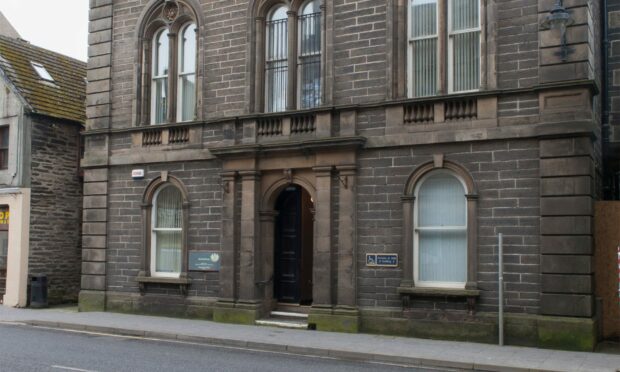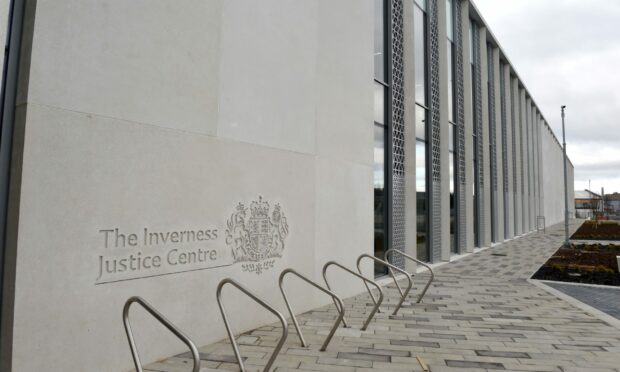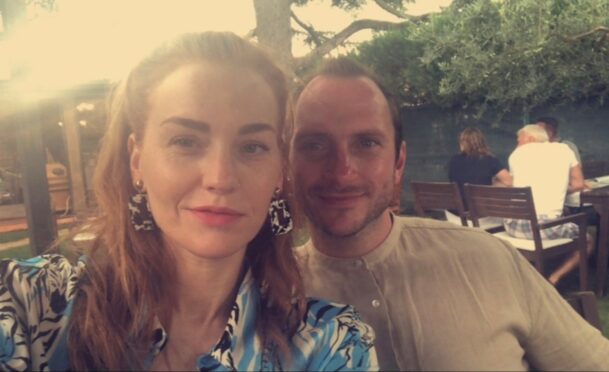Aberdeen solicitors have welcomed new sentencing guidelines which treat young offenders differently and focus on rehabilitation and their “greater capacity for change”.
The ‘Sentencing young people’ guideline was submitted to the High Court for approval in September by the Scottish Sentencing Council.
And a panel of three judges, the Lord Justice General Lord Carloway, Lord Woolman and Lord Pentland, have now approved it.
The guideline, which sets out how offenders aged under 25 should be treated differently, is now set to come into force in courts across Scotland on January 26.
‘Young offenders should be considered to be less culpable than older people’
It requires courts to have regard to rehabilitation as a primary consideration in sentencing people of that age group, in recognition of their greater capacity for change.
Ian Woodward-Nutt, president of the Aberdeen Bar Association, welcomed the move.
He said: “Court sentencing procedure is a complex process that requires the sentencing judge to take into account a large number of factors.
“The introduction of sentencing guidelines is to be welcomed as, amongst other things, it serves to demystify an area of the law that is the subject of public misconception.
“These latest sentencing guidelines specifically deal with the sentencing of young people and serve to emphasise a number of important concepts.
“That includes the need to sentence young people differently, the possibility of young people being rehabilitated from criminal behaviour and, importantly, the guidelines highlight that young offenders should, in general terms, be considered to be less culpable than older people.
“The guidelines importantly state that rehabilitation is to be the primary consideration when sentencing a young person.
‘Significant milestone will help to increase understanding and awareness’
“My personal view is that these guidelines codify approach that the criminal courts have, on a more informal basis, adopted for some time.
“Nevertheless, such guidelines are to be welcomed in providing greater emphasis in relation to important factors in sentencing the young.”
Lady Dorrian, Lord Justice Clerk and chairwoman of the Scottish Sentencing Council, said: “The guideline explains in a clear and accessible way why a young person should be sentenced differently from a fully mature adult, with rehabilitation as a primary consideration.
“Its approval by the High Court today is a significant milestone which will help to increase understanding and awareness of this complex and challenging area and, by setting out the various matters which should be taken into account when sentencing a young person, will be of assistance to sentencers and practitioners alike.
“It also marks the end of the first phase of the council’s work. Since the council was established in 2015, our focus has been on completing a suite of three general guidelines which will set out a high-level framework for sentencing in Scotland.
“The sentencing young people guideline is the final part of that framework and its approval allows us to turn our full attention to guidelines on specific offences.
“The council is grateful to all those who have contributed to the development of this guideline, from members of the judiciary and others who engaged with us in the early stages of our research and evidence-gathering, to the individuals and organisations who responded to the public consultation.”
An impact assessment has also been compiled in relation to the new guideline.
For all the latest court cases in Aberdeen, as well as the latest crime and breaking incidents, join our new Facebook group HERE.












